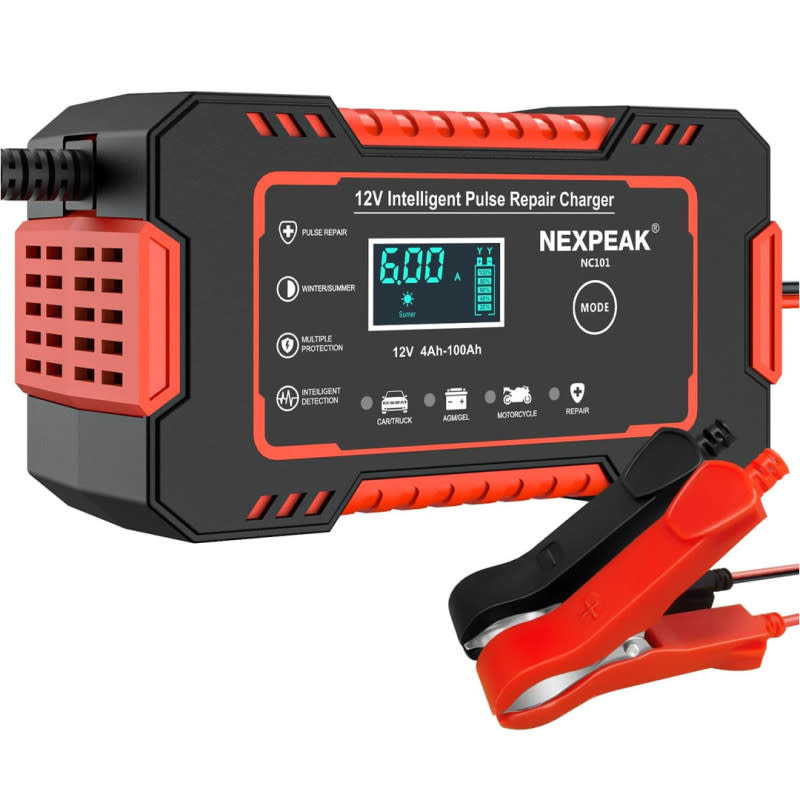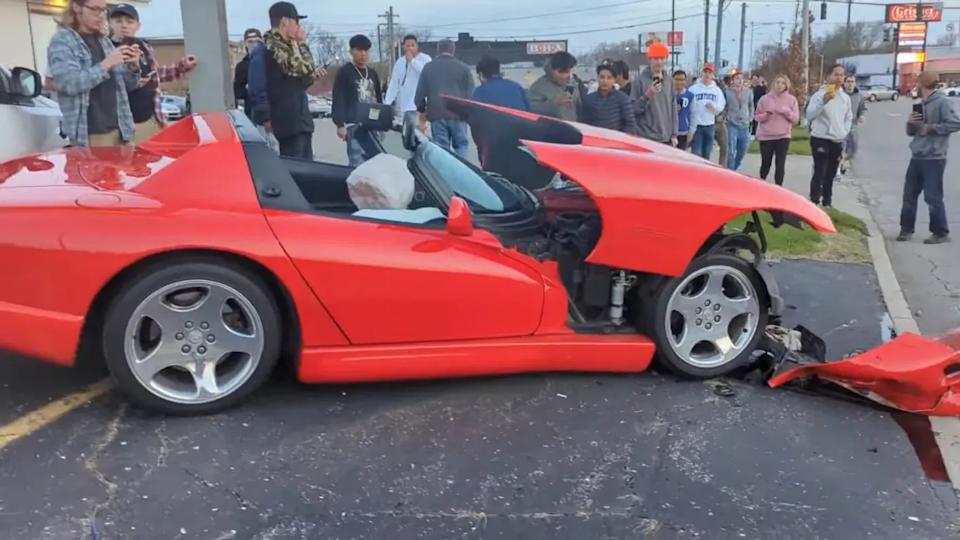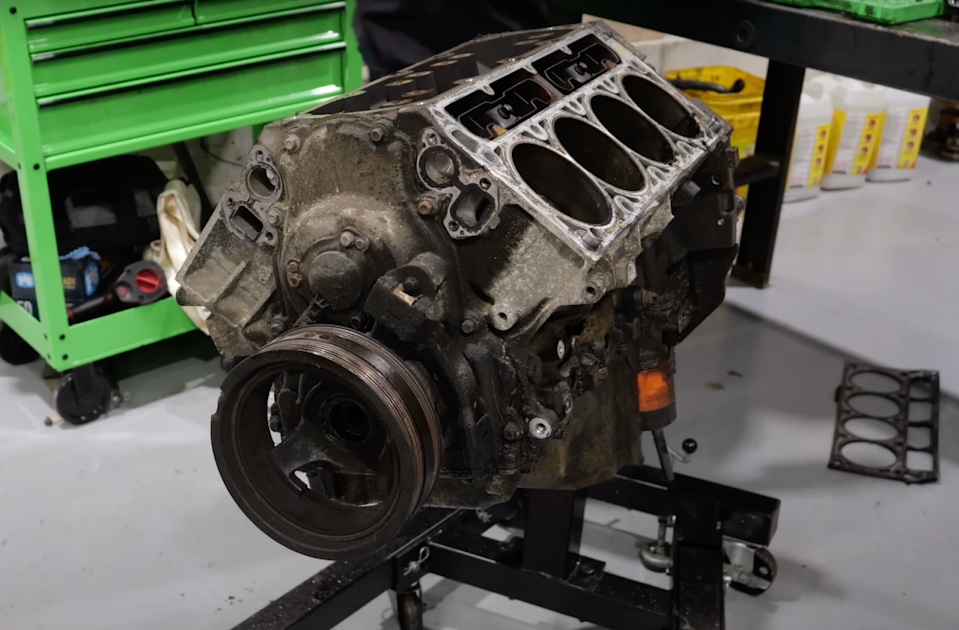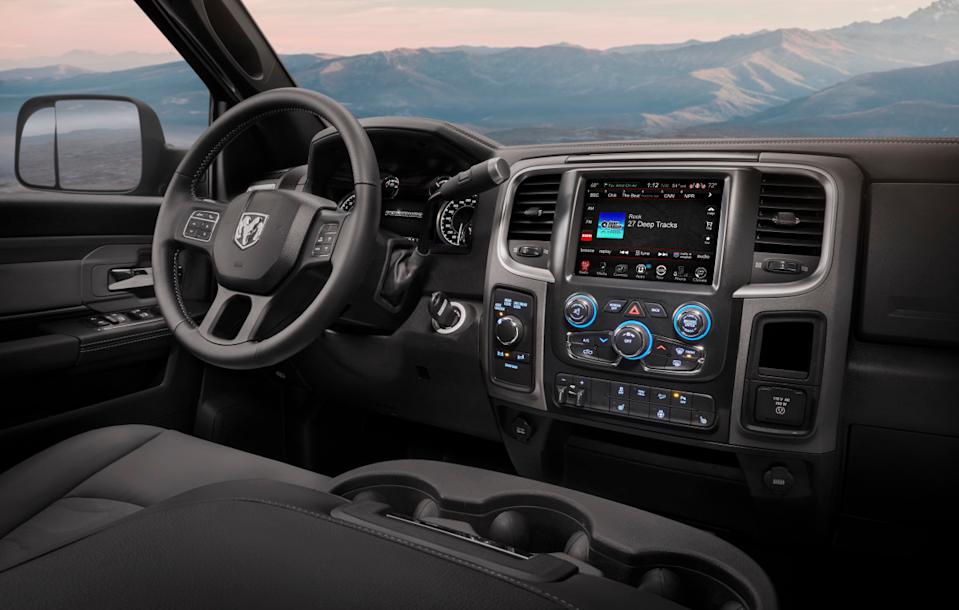
NHTSA Opens Probe Into 1.2 Million Ram Trucks, Find Out Why originally appeared on Autoblog.
Seems like the first recall may not have been fully effective
The National Highway Traffic Safety Administration (NHTSA), the federal agency within the Department of Transportation responsible for automotive safety, has opened a new investigation looking into a Ram defect that may not have been remedied by a previous recall. According to the NHTSA's Office of Defects Investigation (ODI), the matter of concern is a risk of rollaway involving 2013-2018 model year Ram trucks that may have been improperly repaired for a problem with the brake transmission shift interlock.
This specific investigation by the Feds involves 1,187,232 units of the Ram 1500, 2500, 3500, 4500, and 5500 models equipped with the "old-school" style column shifters next to the steering wheels. According to investigators, the locking pin within the BTSI could get stuck and essentially fail to function, allowing the driver to shift out of park without depressing the brake pedal. More worryingly, the stuck BTSI pin could allow the trucks to be shifted out of park without the key in the ignition.
 2018 Ram Power WagonStellantis
2018 Ram Power WagonStellantisA multiple-ton pickup truck being able to shift out of park when the brake pedal isn't pressed and/or when the vehicle isn't on can result in a hazardous situation. In its document dated July 3, the NHTSA ODI stated, "Shifting the transmission out of Park when not having the brake pedal depressed can result in a vehicle rollaway."
Previously, Ram issued two separate recalls to address these concerns, however the ODI says that it opened this probe after it released 20 different reports about this issue, including 14 Vehicle Owner Questionnaire (VOQ) reports and 6 EWR Death & Injury (D&I) reports regarding trucks that have been repaired due to the previous recalls. In addition, the NHTSA says that it is aware of seven reported injuries from six incidents, but no fatalities.
The Federal investigation follows a 2017 recall
The investigation follows two recalls affecting these same vehicles that occurred nearly eight years ago during a time when Stellantis didn't exist yet. Back in 2017, the NHTSA issued recall 17V-821, followed by recall 18V-100 in 2018, which aimed to address this issue. According to documents and statements from the NHTSA and Stellantis (then known as Fiat Chrysler Automotive), the recalls revolved around a faulty solenoid, which could overheat and swell, preventing a locking pin in column-shift Rams from functioning and locking out shifting when the brake isn’t pressed or the key is not in the ignition. The remedy involved replacing both a bracket and the solenoid attached to it.
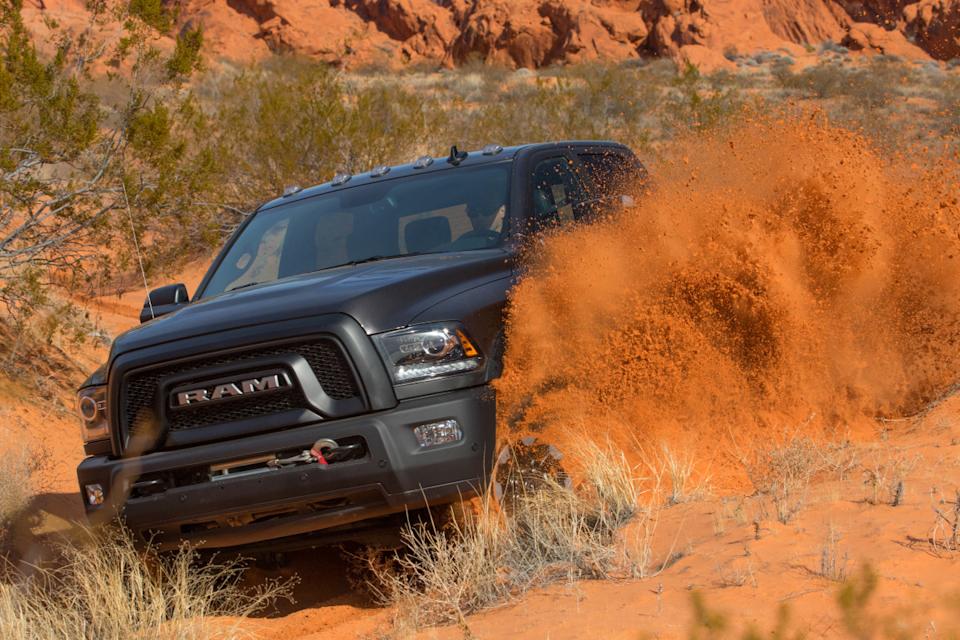 2018 Ram Power WagonStellantis
2018 Ram Power WagonStellantis"An FCA US review of field data led to the discovery that Brake Transmission Shift Interlock (BTSI) may not function properly if subject to specific high-temperature conditions for prolonged periods," FCA said in 2017. "The conditions are consistent with those that occur when there is protracted brake-pedal application while a vehicle is idling in park."
According to the ODI, its recall query is "to review the effectiveness of the 17V-821 and 18V-100 recall remedies," and "understand the root cause of additional vehicle rollaway incidents, and identify any other possible root cause that may affect the performance of the BTSI system."
Final thoughts
It's a good thing that the NHTSA is taking action. Even if 20 separate reported incidents seem like a small number, you cannot deny that a multiple-ton pickup truck hurling down a hill is a scary and dangerous situation.
However, this recall is a major speed bump in Stellantis's road to recovery, particularly for the RAM brand. Although RAM has triggered a frenzy of buyers when it opened the order books for the return of the Hemi V8, its reputation took a massive dip when J.D. Power released the results of the 2025 edition of the U.S. Initial Quality Study, which saw it drop from the top spot to one of the worst.
NHTSA Opens Probe Into 1.2 Million Ram Trucks, Find Out Why first appeared on Autoblog on Jul 8, 2025
This story was originally reported by Autoblog on Jul 8, 2025, where it first appeared.




